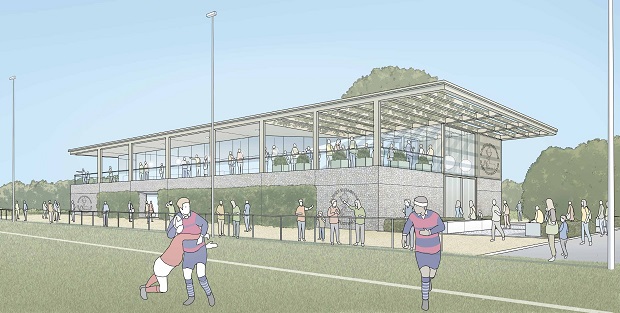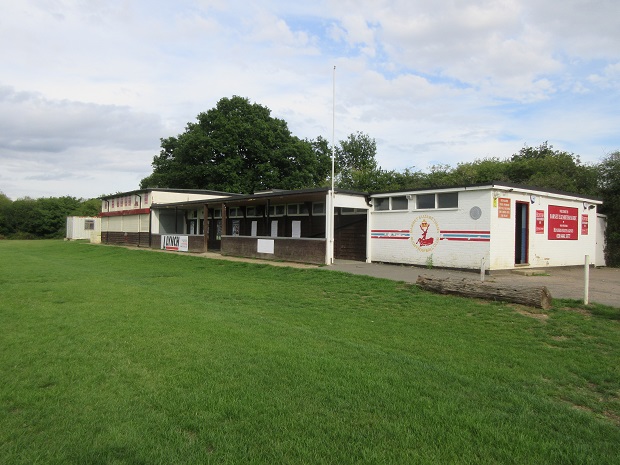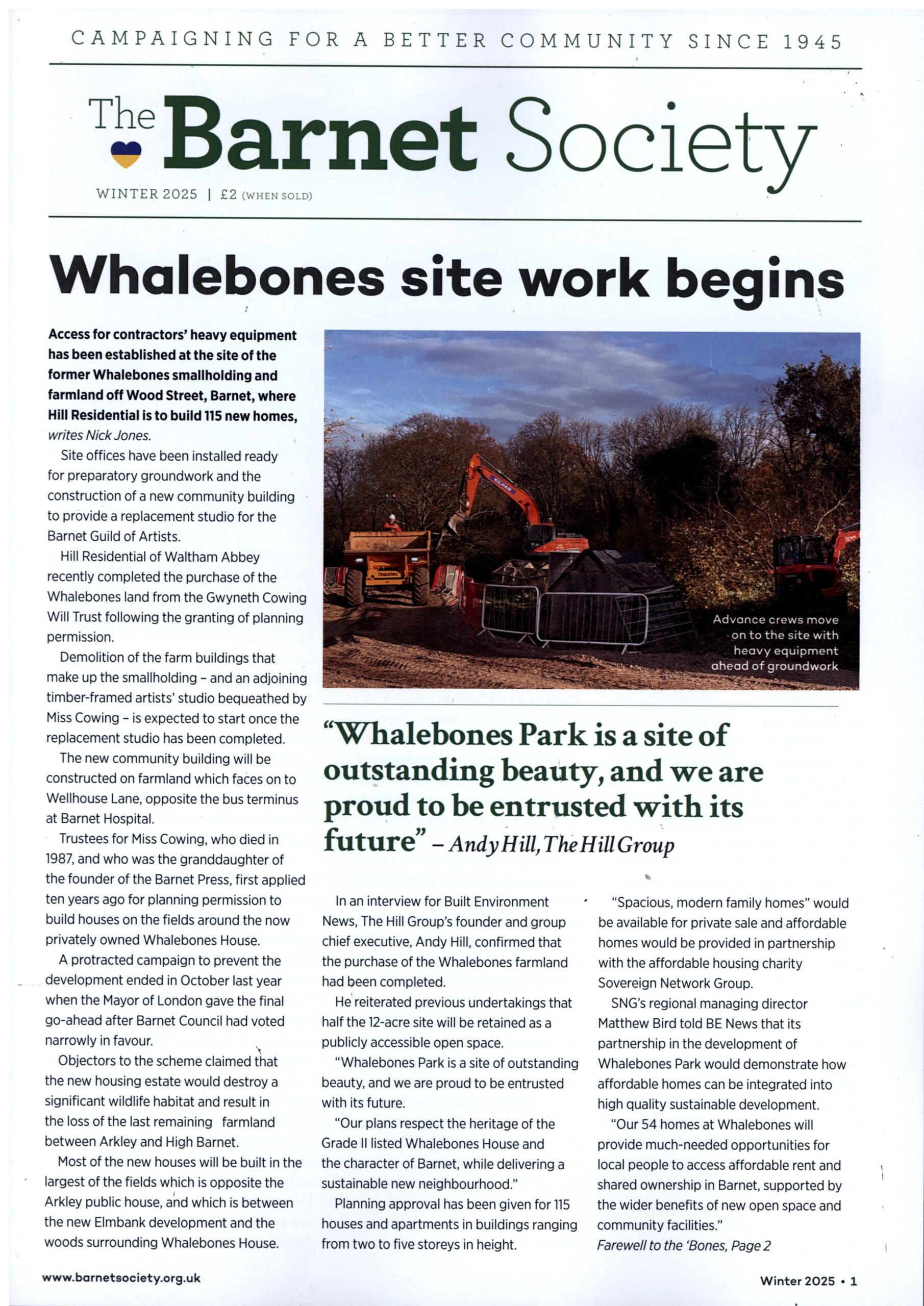At the third attempt, Barnet Elizabethans Rugby Club finally gets approval for new Byng Road clubhouse

Barnet Council’s strategic planning committee has given the go ahead for the construction of a two-storey clubhouse and floodlights at the Byng Road playing fields even thought it would result in “substantial harm to the sense of openness” of surrounding Green Belt countryside.
At their third meeting – and after having drawn up a list of conditions – councillors finally voted unanimously in favour of an application by Barnet Elizabethans Rugby Club to replace its existing 60-year-old clubhouse and changing rooms.
Council planners had continued to advise against the development on the grounds that the scale of the new clubhouse was excessive and that together with 108 car parking spaces and 12 new floodlights, it would be highly visible and have a harmful impact.
But after having already overturned the planners’ advice at two previous meetings, the strategic committee agreed once again to back the club’s application.
Given the strategic significance of the Byng Road playing fields for Barnet Elizabethans — and the importance of maintaining outdoor sports facilities within the borough — the committee considered these “very special circumstances” outweighed any harm to the Green Belt.

Included in the conditions that have been imposed on replacing the existing single-storey clubhouse are further measures to protect a row of nine trees covered by preservation orders and a requirement for a management plan to monitor use of the clubhouse for social events.
Only one objector was called to speak at the final committee meeting.
Melvyn Sears, chair of Barnet Residents Association and a long-standing resident of Byng Road, pleaded with councillors to impose strict conditions on the operation of the club to prevent late-night noise, disturbance, and extra traffic.
He said there was a long history of disorderly conduct when people dispersed from events at the clubhouse and residents in the two adjoining roads – Byng Road and Wentworth Road – were calling on the committee to lay down strict conditions on opening hours.
Nearby residents supported Barnet Elizabethans’ use of the playing fields but were alarmed by the sheer magnitude of the new clubhouse and wanted strict control over its use for private events.
Mr Sears said that as a minimum the club should be required to honour existing closing times of 11pm on weekdays and 10.30pm on Sundays – a safeguard that the committee agreed to impose saying that conditions for the club’s “current usage” would apply in future.
John Bradburn, Barnet Elizabethans’ agent, said the club would work together with the council to prepare a management plan to cover arrangements for hiring out the clubhouse, including hours of operation and contact details for local residents.
There had also been agreement on measures to protect trees along the boundary of the existing clubhouse and car park.
Close examination had shown there were no significant roots between the tree nearest to the clubhouse and the site of the proposed new building, and the club would follow agreed steps to minimise the impact of construction work.
The committee meeting started with a reiteration of the reasons why planning officers believed the clubhouse plan should be rejected.
The elevation of the new clubhouse – with eight changing rooms on the ground floor and a function area above – far exceeded the current building, increasing the height by 3.4 metres to 7.6 metres and increasing the volume of the building by 150 per cent to just under 1,000 square metres, so it was just below the threshold to be referred to the Greater London Authority.
The officers’ recommendation was still to refuse because the impact and scale of the clubhouse was excessive, as were 108 car parking spaces, 12 new floodlights and new fencing, which together would result in “substantial harm to the sense of openness” of the Green Belt.
In support of the application, the club, which is run entirely by volunteers, insisted they wanted to be good neighbours with the local community.
Although Barnet Elizabethans had sufficient charitable funding to build the new clubhouse, the majority of future income would come from leasing it out for community use during the day. They had no intention of causing a nuisance.
Councillors who spoke up in support of rejecting the planners’ advice and in favour of giving the go ahead, said the existing clubhouse was in a dire state.
A new clubhouse would for the first time provide changing facilities for children and women – an improvement that was desperately needed.
If Barnet Elizabethans were refused permission to redevelop their premises at the Byng Road playing fields, the council would have to recognise that the club would probably have to close as there was no other spare land within the borough for a rugby club of this size.
1 thought on “At the third attempt, Barnet Elizabethans Rugby Club finally gets approval for new Byng Road clubhouse”
Comments are closed.


Great to hear the old clubhouse is to be replaced with a brand new clubhouse. As a old member of the club from 1973 when emigrated to Australia. Memories playing as hooker for the stags team then with Ken Bonner and Spraggs.
Great memories of the mud bath literally after 3 teams had embraced and then a few ales in the clubhouse.
Still have the old club tie and badge called Barnet RUFC.
John Parker